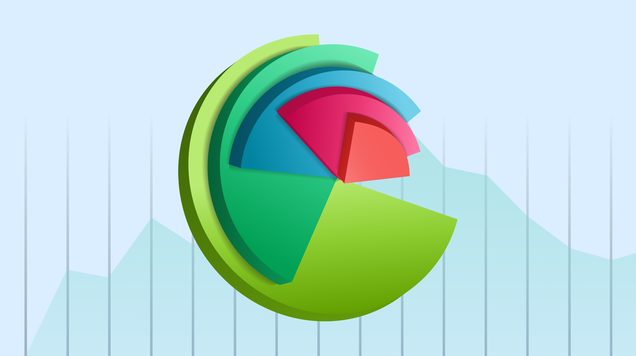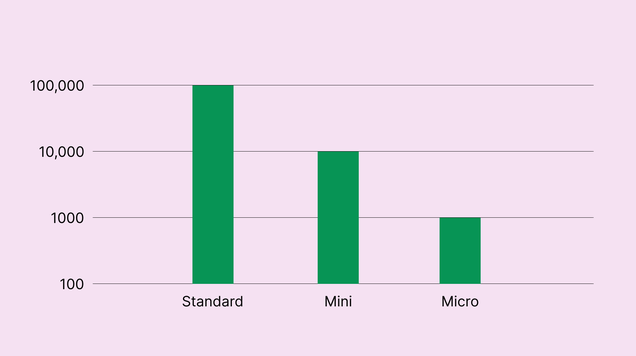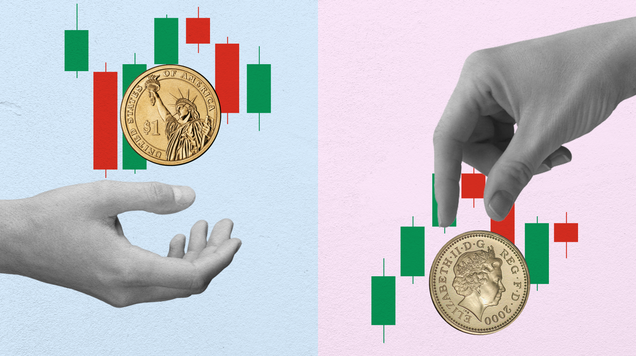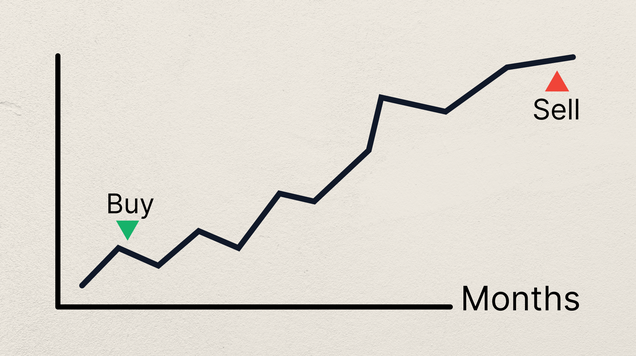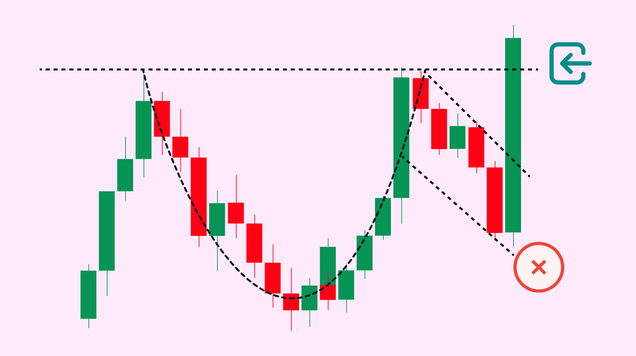Price-to-earnings (P/E) ratio: Definition, formula, and examples
Price-to-earnings, also known as earnings multiple or price multiple, is a popular metric in the financial world, but what does it actually tell you?
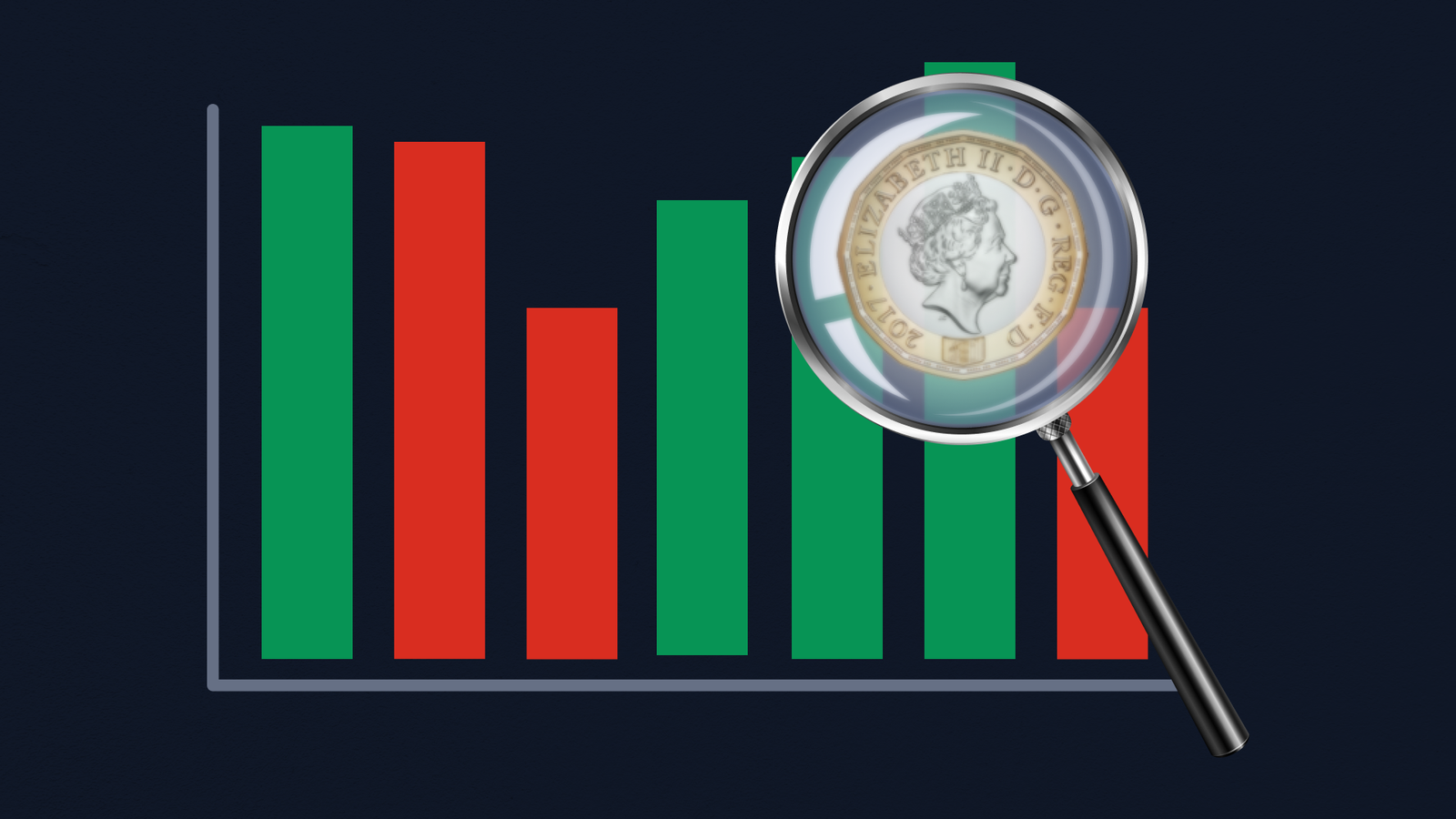
The price-to-earnings ratio or P/E ratio is a company’s current share price relative to its earnings.
Investors can use forward or trailing price-to-earnings, depending on whether they would like to know about performance or forecasted growth.
Historically, the S&P 500’s average P/E ratio has ranged around 20-25, with lower being preferred, but you should look into what is typical for that industry.
You should use P/E ratios in combination with other market analysis tools.
As a new investor, study this valuable tool as part of learning how to trade. Price-to-earnings will become an important part of your trading strategy because it is a metric that you can use to decide whether a share price is over- or undervalued.
Here, we explore the P/E ratio in depth with a definition, formula and practical tips and examples of how to incorporate price-to-earnings into your trading style.
What is price-to-earnings? Definition and formula
The P/E ratio tells you how much investors pay for stock relative to its earnings. The P/E ratio shows how much investors are willing to pay for $1 of a company’s earnings.
The P/E ratio calculation formula is simple:
P/E Ratio = Stock price ÷ Earnings-per-share (EPS)
For example, if a company’s stock is trading at USD 100 per share and its EPS is USD 4, then the price-earnings ratio would be 25. This means that investors are paying USD 25 for every $1 of annual earnings.
Trailing P/E ratios vs. forward P/E ratios
Diving a little deeper, you’ll see that there are two different types of price-earnings ratio: forward and trailing. Investors and market analysts use both. The difference between the two comes from the earnings-per-share figure you choose to use.
Trailing price-to-earnings are retrospective because investors use actual earnings from the past 12 months in their calculations. You can find the right EPS figure to use for trailing P/E ratio calculations by looking out for ttm, with ttm representing ‘trailing twelve months’.
Forward price-to-earnings ratios are speculative because you would use analysts’ forecasts to calculate these. To calculate forward P/E ratios, you’ll need earnings estimates, often found in analyst forecasts or company guidance.
Which is most useful?
Both forward and trailing P/E ratios are useful. If you are looking for stock with a proven history of solid performance, then you need to look at trailing P/E ratios. If you are more interested in fast growth, forward price-to-earnings will be more useful.
What is a typical price-to-earnings and what is good?
Price-to-earnings tend to be around 20 to 25 with a lower ratio preferred. As a general rule of thumb, lower than 20 could represent a good price-to-earnings ratio with over 25 being less desirable.
However, a typical P/E ratio can vary from industry to industry. For example, chemical, insurance and banking are examples of industries with P/E ratios averaging around 10 to 15. Tech, real estate and entertainment industries generally have much higher average price-to-earnings, often around 35 or higher.
Why the variation? P/E ratios vary from industry-to-industry because of unique characteristics. Fast-moving industries like tech tend to have a higher typical P/E ratio whereas highly-regulated industries like banking tend to be lower. Economic trends affect industries in different ways, too, which then affect their average P/E ratio.
How can investors use price-to-earnings?
The fundamental reason to use a price-to-earnings ratio is to answer the question, ‘Is this share price a good deal?’. To answer this question, however, you need to do three things after calculating the P/E ratio.
First, research a typical P/E ratio for the company’s industry. Then, compare the company’s stock price-to-earnings directly with competitors. A higher-than-average price-to-earnings ratio could mean overvalued shares, whereas a lower-than-average P/E ratio could represent a good deal.
Finally, use further analytical techniques to assess this opportunity, such as cross market analysis and chart patterns. Having access to a range of trading skills will mean that you can spot good opportunities and buy, sell or hold financial assets with confidence.
Practical example of how to use price-to-earnings
Let’s say you are interested in buying shares in Netflix. The current price is around USD 1,2oo. Netflix’s most recent ES value is just under USD 23. Using the P/E ratio formula above, the price-to-earnings value is approximately 52.
Clearly, USD 52 is much higher than a typical P/E ratio. However, Netflix’s price-to-earnings has peaked at around 400 on more than one occasion. Looking at some examples, Apple’s current P/E ratio is around 32, and Amazon’s is around 36, which are more typical for the entertainment industry at present.
On face value, Netflix’s current share price probably doesn’t represent a good deal. However, further research using other market analysis tools would help you reach a more informed conclusion.
How to learn more about earnings reports and other market analysis tools
Learn to trade with Equiti’s online resources. You can immerse yourself in the basics of trading and learn how to make smart investments. Our demo account will help you hone your investment strategy by enabling simulated, risk-free trading on live global markets.
When you’re ready, start online trading with Equiti. Get access to global markets on our secure online trading platforms. Our customer support and dedicated account managers are ready to help you every step of the way.

